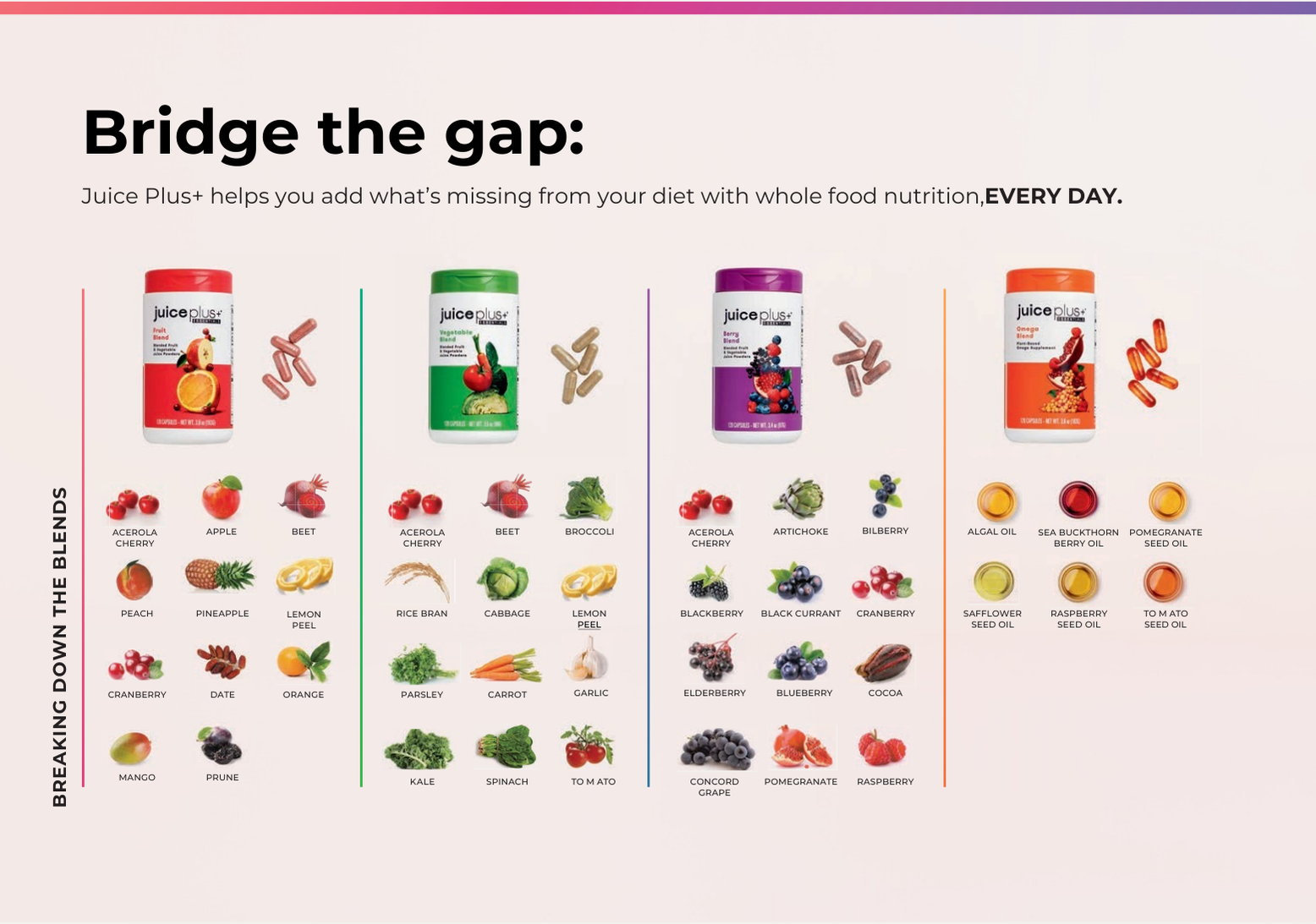Enhance User Experience: Optimizing Site For Mobile
Shelly Bouse • April 14, 2025
Ultimate Guide to Optimizing Site for Mobile


Key Highlights
- Mobile optimization is essential for improving user experience and increasing conversion rates.
- Responsive web design is a key principle of mobile site design.
- Simplifying site navigation and streamlining content are key strategies for enhancing mobile user experience.
- Optimizing mobile site speed is crucial for reducing bounce rates and improving search engine rankings.
- Mobile SEO best practices can help improve a website's visibility in mobile search results.
- Mobile-first indexing by Google means that websites must be optimized for mobile use to appear in search results.


Understanding the Importance of Mobile Optimization
Mobile optimization is essential in today's digital landscape. With the increasing number of mobile users, it is crucial for businesses to provide a seamless user experience on mobile devices. Mobile optimization involves designing and optimizing websites to be mobile-friendly, with responsive web design being a key principle. By optimizing for mobile, businesses can ensure that their websites are accessible and user-friendly for mobile users, leading to improved engagement, higher conversion rates, and better search engine rankings .
The rise of mobile internet usage
The rise of mobile internet usage has been significant in recent years. With the increasing affordability and accessibility of mobile phones, more and more people are using their devices to browse the internet. According to Google , May 2015 mobile searches surpassed desktop searches, highlighting the importance of mobile optimization for businesses. As mobile internet usage continues to grow, it is crucial for businesses to adapt their websites to meet the needs and expectations of mobile users. Failure to optimize for mobile can result in poor user experience, lower conversion rates, and decreased visibility in search results.
Impact on user experience and conversion rates
Mobile optimization has a significant impact on user experience and conversion rates. A mobile-friendly website that is easy to navigate and loads quickly provides a positive user experience, leading to increased engagement and higher conversion rates. On the other hand, a website that is not optimized for mobile use can be frustrating for users, resulting in high bounce rates and missed conversion opportunities. Studies have shown that users are more likely to leave a website if it is not mobile-friendly. Therefore, optimizing websites for mobile use is crucial for businesses that want to maximize their online conversions and stay ahead of the competition.


Key Principles of Mobile Site Design
When it comes to designing a mobile site, there are key principles that businesses should keep in mind. The first principle is adopting a mobile-first approach, which means designing the website for mobile devices first and then scaling up for larger screens. This ensures that the website is optimized for the smaller screens and limited processing power of mobile devices. The second principle is to prioritize responsive web design, which allows the website to adapt to different screen sizes and orientations. Responsive design ensures that the website looks and functions seamlessly across all devices, providing a consistent user experience.
Adopting a mobile-first approach
Adopting a mobile-first approach in web design is crucial for ensuring that websites are optimized for mobile use. This approach involves designing the website with mobile devices in mind first, and then scaling up for larger screens. By starting with the mobile design, businesses can ensure that the website is user-friendly and functional on smaller screens. This includes considering the limitations of mobile devices, such as smaller screen sizes and touch-based navigation. A mobile-first approach also allows businesses to prioritize the most important content and features for mobile users, ensuring that they have a seamless and enjoyable experience on the website.
Essentials of responsive web design
Responsive web design is an essential component of mobile site optimization. This approach involves designing websites to adapt to different screen sizes and orientations, providing a consistent user experience across all devices. Responsive design uses HTML and CSS to automatically adjust the layout and content of the website based on the device it is being viewed on. This eliminates the need for separate mobile and desktop versions of the website, making it easier to maintain and update. By implementing responsive web design, businesses can ensure that their websites are accessible and user-friendly for mobile users, leading to improved engagement and conversion rates.


Strategies for Enhancing Mobile User Experience
Enhancing mobile user experience is crucial for maximizing conversions on mobile devices. Due to the smaller screen size and touch-based navigation, businesses need to adopt specific strategies to optimize their websites for mobile use. Simplifying site navigation for smaller screens is one strategy that involves streamlining the menu and navigation options to make it easier for users to find what they are looking for. Another strategy is streamlining content for quick consumption, which involves presenting information in a concise and easily digestible format. By implementing these strategies, businesses can improve the overall user experience on mobile devices and increase conversions.
Simplifying site navigation for smaller screens
Simplifying site navigation for smaller screens is crucial for enhancing mobile user experience. Mobile users typically have limited screen space, so it is important to streamline the navigation menu and make it easy for users to find what they are looking for. Here are some tips for simplifying site navigation for smaller screens:
- Use a hamburger menu style : The hamburger menu takes up less space on the screen and allows the menu items to appear larger and easily clickable when tapped.
- Limit the number of menu options: Mobile screens are smaller, so it is important to prioritize the most important menu options and remove any unnecessary ones.
- Use clear and concise labels: Mobile users have limited screen space, so it is important to use clear and concise labels for menu options that are easily understandable.
- Use a sticky navigation bar: A sticky navigation bar stays fixed at the top of the screen, making it easy for users to navigate the website without scrolling back to the top.
- Provide search functionality: Adding a search bar to the navigation menu allows users to quickly find what they are looking for without having to navigate through multiple pages.
By implementing these strategies, businesses can simplify site navigation for mobile users and improve the overall user experience.
Streamlining content for quick consumption
Streamlining content for quick consumption is essential for mobile users who are often on the go and have limited time to spend on websites. Mobile screens are smaller, so it is important to present information in a concise and easily digestible format. Here are some tips for streamlining content for quick consumption:
- Break up content into smaller sections: Instead of long paragraphs, break up content into smaller sections with clear headings to make it easier for users to scan and find the information they need.
- Use bullet points and numbered lists: Bullet points and numbered lists help to organize information and make it easier to read on small screens.
- Include visual elements: Use images, icons, and infographics to convey information quickly and effectively.
- Prioritize important information: Ensure that the most important information is presented upfront, so users can quickly find what they are looking for without having to scroll or click through multiple pages.
By streamlining content for quick consumption, businesses can improve the user experience on mobile devices and increase engagement and conversions.


Optimizing Mobile Site Speed
Optimizing mobile site speed is crucial for providing a seamless user experience and maximizing conversions on mobile devices. Slow loading times can lead to high bounce rates and frustrated users. To optimize mobile site speed, businesses should focus on reducing load times and improving page speed. This can be achieved by minimizing the use of large files, compressing images, and leveraging caching and content delivery networks. By optimizing mobile site speed, businesses can ensure that their websites load quickly and efficiently, providing a positive user experience.
Importance of fast loading times for mobile users
Fast loading times are essential for mobile users who are often on the go and have limited time to spend on websites. Studies have shown that mobile users have less patience for slow-loading websites compared to desktop users. Slow loading times can lead to high bounce rates, where users leave the website before it fully loads. Additionally, slow-loading websites can negatively impact search engine rankings, as search engines prioritize websites that provide a fast and seamless user experience. By optimizing mobile site speed and reducing loading times, businesses can improve user engagement, increase conversions, and boost their search engine rankings.
Tools and techniques to improve site speed
There are several tools and techniques that businesses can utilize to improve site speed and optimize their websites for mobile use. Here are some of the most effective tools and techniques:
- Compress images: Large image files can significantly slow down loading times. Use image compression tools to reduce file sizes without sacrificing image quality.
- Utilize caching: Caching allows browsers to store previously loaded web pages, reducing the need to re-download content each time a user visits the website.
- Use a content delivery network (CDN): A CDN stores copies of your website's static files on servers located around the world. This ensures that your website's content is delivered quickly to users, regardless of their geographic location.
- Minify HTML, CSS, and JavaScript: Minifying these files removes unnecessary characters and spaces, reducing their file sizes and improving loading times.
- Enable browser caching: By setting appropriate caching headers, you can instruct browsers to save certain files locally, reducing the need to download them with each visit.
By implementing these tools and techniques, businesses can significantly improve their website's loading times and enhance the user experience on mobile devices.


Mobile SEO Best Practices
Mobile-friendly URL structures
Mobile-friendly URL structures play a crucial role in mobile site optimization. A mobile-friendly URL structure is concise, readable, and descriptive, making it easier for both search engines and users to understand the content of the page. It should include relevant keywords that accurately represent the content of the page.
Using mobile-friendly URLs can also improve the click-through rates in search results, as users are more likely to click on a URL that is easy to read and understand. Additionally, mobile-friendly URLs improve the overall user experience by providing clear and accurate information about the page's content.
To create mobile-friendly URLs, consider removing unnecessary numbers or characters and using hyphens to separate words. Aim for URLs that are short, descriptive, and relevant to the page's content. By optimizing your website's URL structure for mobile devices, you can improve your site's visibility in search results and enhance the user experience.
Leveraging local SEO for mobile users
Leveraging local SEO is crucial for reaching mobile users and driving conversions. With the increasing use of mobile devices for local searches, optimizing your website for local search results is essential.
To leverage local SEO for mobile users, start by claiming and optimizing your Google Business listing. This will ensure that your business appears in local search results and on Google Maps. Make sure to provide accurate and up-to-date information, including your address, phone number, and business hours.
Additionally, optimize your website's content for local keywords and include location-specific information in your meta tags and headings. This will help search engines understand the relevance of your website to local users.
Another important factor to consider is the use of schema markup, which provides search engines with additional information about your business, such as reviews and ratings. This can improve your website's visibility in local search results and attract more mobile users.
By leveraging local SEO strategies, you can improve your website's visibility to mobile users and increase conversions from local searches.


Converting Visitors into Customers on Mobile
Converting visitors into customers on mobile devices requires a strategic approach that focuses on optimizing mobile CTAs, conversion rates, and landing pages.
Effective mobile CTAs should be prominently placed and visually appealing. They should clearly communicate the desired action and make it easy for users to take the next step. By optimizing mobile CTAs, you can increase conversion rates and guide users towards making a purchase or completing a desired action.
In addition to CTAs, optimizing landing pages for mobile devices is crucial. Landing pages should be fast-loading, easy to navigate, and designed with a mobile-first mindset. By providing a seamless user experience on mobile devices, you can increase the likelihood of conversions and drive business growth.
Effective mobile CTA placement and design
Effective mobile CTA placement and design are essential for driving conversions on mobile devices. Mobile CTAs should be strategically placed to catch the user's attention and guide them towards taking the desired action.
When it comes to CTA placement, consider placing them in prominent positions, such as at the top or bottom of the screen. This ensures that they are easily visible and accessible to users. Avoid placing CTAs in areas that can be easily overlooked, such as the corners of the screen.
In terms of design, mobile CTAs should be visually appealing and stand out from the rest of the content. Use contrasting colors, clear and concise messaging, and an easy-to-click button or link. The CTA should clearly communicate the desired action and create a sense of urgency or value for the user.
By optimizing mobile CTA placement and design, you can increase engagement and conversion rates on mobile devices.
Personalization strategies for mobile users
Personalization strategies can significantly enhance the user experience on mobile devices and increase conversions. By tailoring the content and messaging to individual users, you can create a more personalized and engaging experience.
One effective personalization strategy is to use data and analytics to understand user behavior and preferences. This can help you deliver relevant content, product recommendations, and offers based on their past interactions with your website or app.
Another personalization strategy is to optimize the user interface for mobile devices. This involves considering device-specific features such as touch gestures, voice commands, and geolocation to create a seamless and personalized user experience.
By implementing personalization strategies, you can build stronger connections with mobile users, increase engagement, and drive conversions.
Overcoming Common Mobile Site Mistakes
Avoiding common mobile site mistakes is crucial for optimizing the user experience and driving conversions on mobile devices. By addressing these mistakes, you can ensure that your mobile site provides a seamless and engaging experience for users.
One common mistake is poor mobile site design, which can lead to slow loading times, difficult navigation, and a frustrating user experience. To overcome this, prioritize responsive design, which ensures that your site adapts to different screen sizes and devices.
Another mistake to avoid is using non-responsive images, which can slow down page loading times. Optimize images for mobile devices by compressing them and using responsive image techniques.
By addressing these common mobile site mistakes, you can improve the user experience, increase engagement, and ultimately drive conversions on mobile devices.
How to avoid and rectify these mistakes
Avoiding and rectifying common mobile site mistakes is crucial for optimizing your website for mobile devices. By following best practices and implementing the right strategies, you can create a seamless and engaging mobile experience for your users.
To avoid and rectify these mistakes, start by prioritizing mobile website optimization. This involves using responsive design techniques that ensure your website adapts to different screen sizes and devices.
Additionally, optimize images and other media files for mobile devices to improve page loading times.
Regularly test your website on different devices and screen sizes to identify any issues or areas for improvement. Pay attention to user feedback and analytics to understand how users are interacting with your mobile site and make necessary adjustments.
By continuously optimizing your website design and staying updated on mobile best practices, you can avoid common mistakes and provide an exceptional mobile experience for your users.
Frequently Asked Questions
How does mobile optimization impact SEO?
Mobile optimization plays a significant role in SEO by improving your website's visibility and rankings in search results. Search engines, like Google, prioritize mobile-friendly websites, and failure to optimize for mobile devices can result in lower rankings and decreased organic traffic.
What are the first steps in mobile site optimization?
The first steps in mobile site optimization include implementing a responsive design that ensures your website adapts to different screen sizes and devices. Additionally, focus on improving the mobile experience by optimizing page speed, simplifying navigation, and designing mobile-friendly CTAs.











